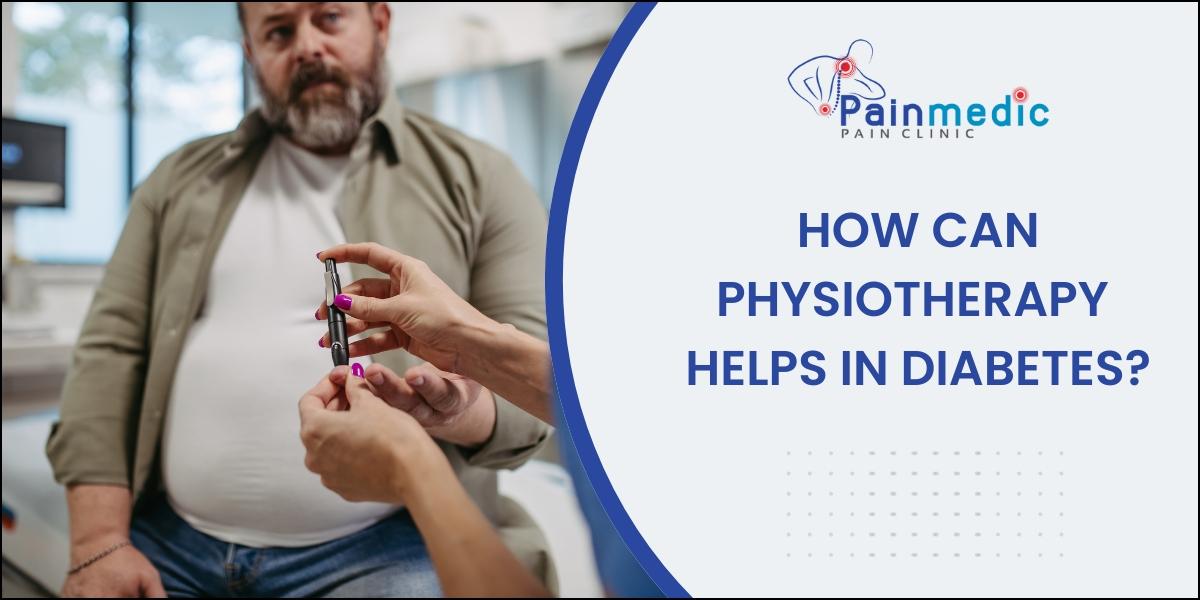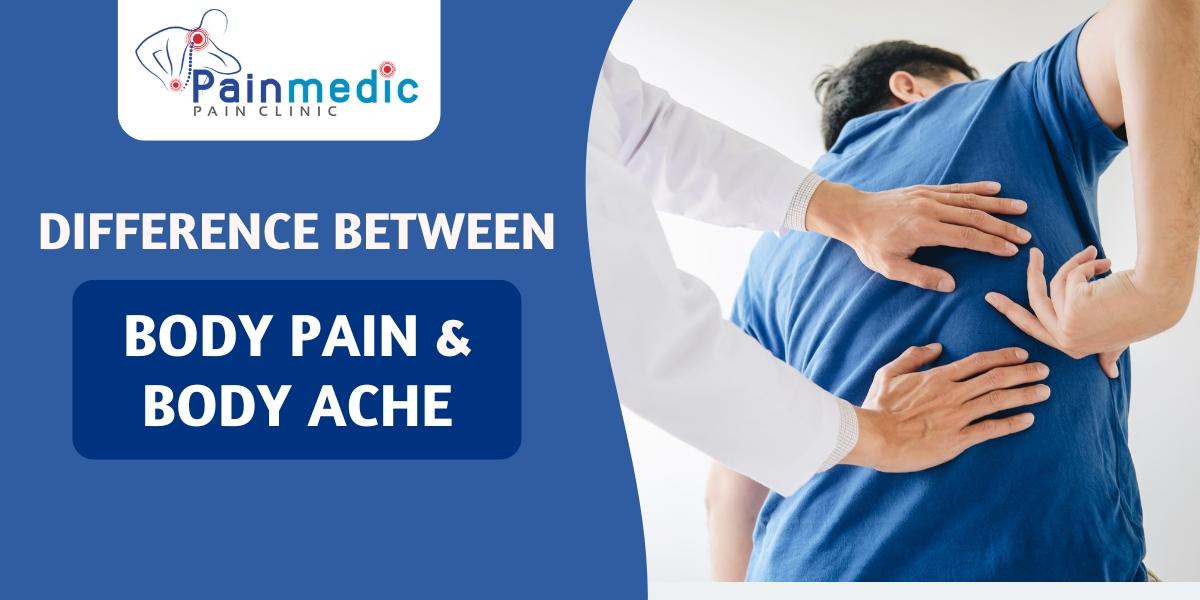
What is Dry Needling? Everything You Need To Know
Introduction to Dry Needling
In the field of physical therapy and pain management, dry needling is a technique that is becoming increasingly popular. When it comes to treating muscular pain and dysfunction, dry needling is a contemporary method as opposed to acupuncture, which has its origins in traditional Chinese medicine. This post will go through the definition of dry needling, its advantages, and many other topics.
How Does Dry Needling Work?
Dry needling involves the insertion of thin needles into specific points of the body known as trigger points. These trigger points are areas of tightness within muscles, often associated with pain and restricted movement. By inserting needles into these points, a practitioner aims to stimulate a healing response and release muscle tension.
Targeting Trigger Points
During a dry needling session, the practitioner identifies trigger points through palpation and observation of muscle function. Once located, the needles are inserted directly into these points, sometimes eliciting a twitch response from the muscle, indicating a release of tension.
Stimulating Healing Responses
The insertion of needles into trigger points stimulates blood flow to the area and promotes the release of natural pain-relieving chemicals, such as endorphins and enkephalins. This helps to reduce pain and inflammation while facilitating the healing process.
What Conditions Can Dry Needling Treat?
Dry needling can be effective in treating a variety of musculoskeletal issues, including
Muscle Pain and Tension – Dry needling is commonly used to alleviate muscle pain and tension, whether caused by overuse, injury, or poor posture.
Sports Injuries – Athletes often turn to dry needling to speed up recovery from sports-related injuries such as muscle strains and sprains.
Chronic Pain Conditions – Conditions like fibromyalgia and myofascial pain syndrome may also benefit from dry needling as part of a comprehensive treatment plan.
The Procedure – What to Expect
Before undergoing dry needling, you’ll typically have an initial assessment with a qualified practitioner to discuss your symptoms and medical history. During the treatment itself:
Initial Assessment – The practitioner will assess your muscle function and identify areas of concern.
Needle Insertion – Thin, sterile needles are inserted into the identified trigger points, usually causing minimal discomfort.
Sensations During Treatment – You may feel a dull ache or tingling sensation as the needles are inserted, but any discomfort is usually brief.
Benefits of Dry Needling
The benefits of dry needling include:
Pain Relief – Many people experience immediate relief from pain following a dry needling session.
Improved Range of Motion – By releasing tension in tight muscles, dry needling can help improve flexibility and range of motion.
Faster Recovery – Incorporating dry needling into a rehabilitation program can accelerate recovery from injuries and surgeries.
Risks and Side Effects
While dry needling is generally safe, there are some potential risks and side effects to be aware of, including:
Soreness and Bruising – It’s not uncommon to experience soreness or bruising at the needle insertion sites following a session.
Risk of Infection – There is a small risk of infection anytime the skin is pierced, but this risk is minimized by using sterile needles and following proper hygiene protocols.
How Does Dry Needling Differ from Acupuncture?
While both dry needling and acupuncture involve the use of thin needles inserted into the skin, they differ in their underlying principles and techniques.
Is Dry Needling Right for Everyone?
Dry needling may not be suitable for everyone, particularly those with certain medical conditions or sensitivities. It’s essential to consult with a qualified practitioner to determine if dry needling is appropriate for you.
Finding a Qualified Practitioner
When seeking dry needling treatment, it’s crucial to choose a qualified practitioner who has undergone specialized training in the technique. Book An Appointment with Dr. Kauser Mujawar at Painmedic Pain Clinic, Pune. Dr. Kauser Mujawar, a highly skilled and compassionate specialist in Anaesthesiology with additional expertise in Pain Medicine (FIPM), our clinic is committed to providing top-notch care for individuals dealing with chronic pain.
What to Do After a Dry Needling Session
After a dry needling session, it’s essential to:
Hydration and Rest – Drink plenty of water and give your body time to rest and recover.
Follow-Up Care – Follow any instructions provided by your practitioner, such as stretching exercises or self-care techniques.
Dry needling is a valuable tool in the management of musculoskeletal pain and dysfunction. By targeting trigger points within muscles, this technique can provide effective relief and support the body’s natural healing processes. If you’re struggling with pain or restricted movement, consider exploring dry needling as part of your treatment plan.





